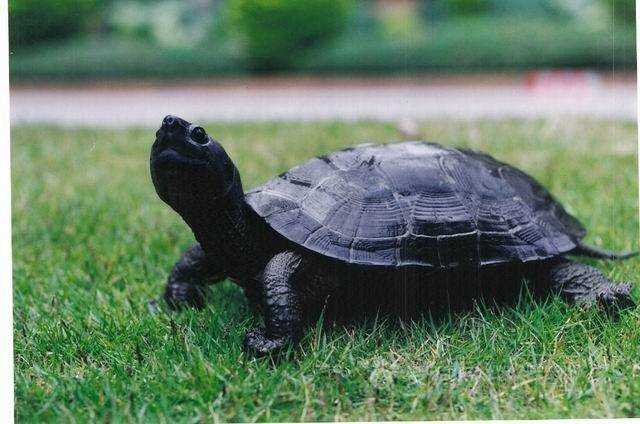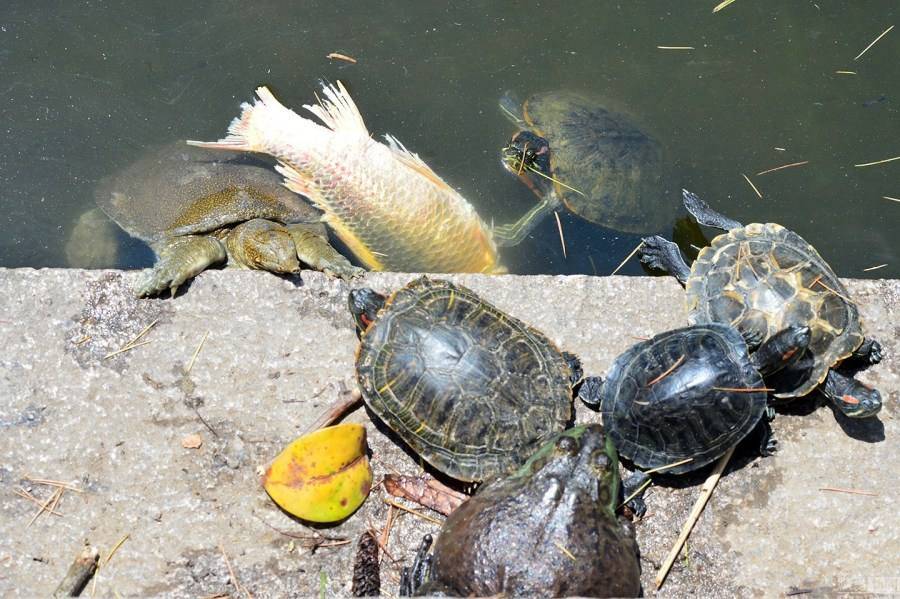Why do turtles turn back when they are released? Because they are very spiritual, raised for a long time also have feelings, this behavior may be in appreciation of you yo. It may also be the hope that you will release it in a place conducive to their survival. Or just habitually turn back.
But this release also has rules, not just pick a place to release, the following we will talk about the considerations of the release.

1 need to be reasonable release, not just any turtle can be. For example: donuts, Brazilian turtles, colored turtles and other such turtles can not be released, they can be kept on their own. Because they are exotic species, they have no natural predators for the time being, and they need a full stomach, so they will take up existing resources and do a lot of harm to native species; moreover, they may not be able to adapt to the wild environment for a while and may die young. If you need to release them, we recommend our native Chinese tortoise species, such as: flower tortoise, grass tortoise, closed-shell tortoise, yellow edge, hawksbill and so on. We do not recommend the release of foreign species of turtles.

2 The temperature needs to be appropriate. The temperature extremes during the winter and summer months should be similar to the original home of the released turtles. This is mainly because some turtles are not able to adapt to the cold water temperature in some areas. However, they can generally adapt to high temperatures. For example, if you are in a northern area, you can choose some turtles that can withstand cold such as musk turtles, brocade turtles, grass turtles, and map turtles for your release. Of course, this cannot be exotic. The native ones are the best.
3 You need to know the habits of the turtles. It is important to know the living environment of their native habitat so that you can choose a suitable release site. The corresponding release site can give them better survival conditions. Otherwise, it is easy to die.

4 Water quality is important. It is best to release it into a permanent body of water in a mountain lake or reservoir in a wild environment (a body of water that is always available and will not dry up and cut off). It is forbidden to release in parks, fish ponds or heavily polluted rivers and other waters. Note: The water body can not be frozen through in winter, so that the turtle can spend the hibernation period well.
5 The ecology of the surrounding area is also crucial. The location is best unoccupied or less crowded, and the surrounding vegetation should be dense, so as to indicate that the place has a good ecological environment all year round. For example, a reservoir is a good choice.

